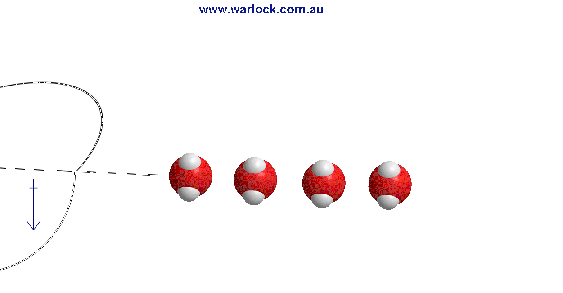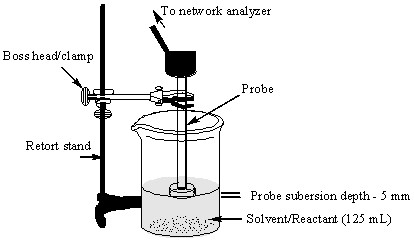Figure 1.
Warlock Engineering Applicator Model: MDV2.4





Abstract
In the course of investigations into microwave assisted chemical reactions, problems were encountered due to the reaction scale upon which many commercial reactors are currently operating. Obtaining reasonable quantities of material (above 10 g) became laborious and it was also discovered that many solvents with low dielectric absorption were heated due to the ferrite core of the stirrer bar heating up. Design, simulation and testing of a small spherical shaped reactor, suitable for 250 ml flask size, was constructed and used in ongoing synthetic work. Microwave suppression was incorporated in the top of the sphere, allowing powers of 1.5 kW to be used without any microwave leakage. The findings were in agreement with simulated results, which showed that the leakage was below detection (1 mW/cm2) from the top, and the detected 2 mW/cm2 at the junction was reduced to below 1 mW/cm2
Keywords: Chemistry, Microwave, Microwave Chemistry Reactor
Microwave Chemistry Reactor

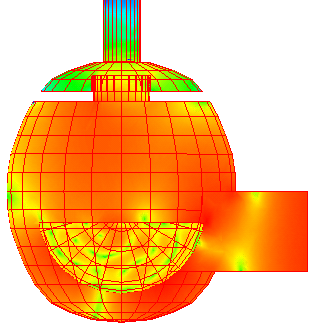
A number of holes were included so that the reaction could be observed through the side of the sphere and in future development more viewing holes will be included to give the user a clear view of the reaction in progress. Variable power was provided by a 2450MHz, 0 - 700 Watt microwave generator (2m172). Magnetic stirring was achieved by ferrite stirrer beneath the applicator, with a teflon coated follower inside the vessel. Further developments are in progress.
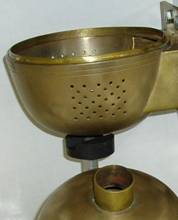
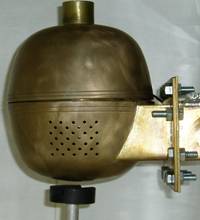


ADVERTISEMENT




Frequently asked questions about plan orders, blade design, electrical work and generator matching can be found on our Q&A pages.

Continue to summaries about.....

Organic Chemical RF Dielectric Loss
Other Articles

Next
Page
Page
Figure 2. Simulation of microwave irradiation of DMF (120ml)
Figure 1. Warlock Engineering
Applicator Model: MDV2.4
Applicator Model: MDV2.4
Reactor Design

